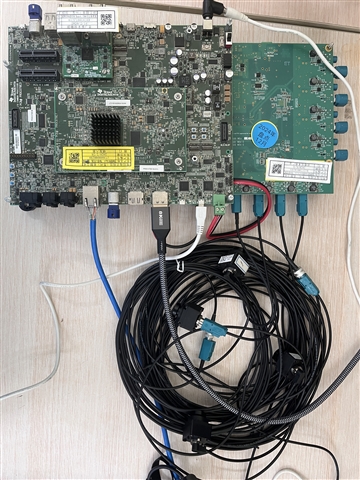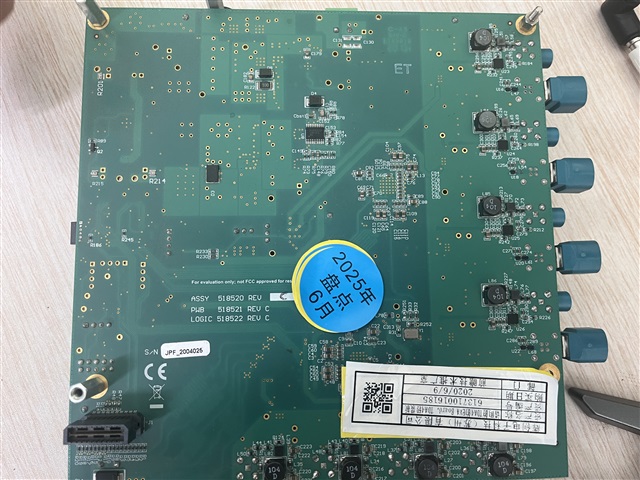Tool/software:
Hi,
I've configured the corresponding registers in the 960 driver to enable concurrent forwarding of the RX video stream on both CSI-2 TX port0 and port1. However, currently only port0 can output two video streams, while port1 fails to output. Do I need to enable "CSI-2 Output 1" in the k3-j721e-evm-fusion.dtso file to resolve the port1 output issue? How should the device tree be configured to resolve this?
Thanks!



